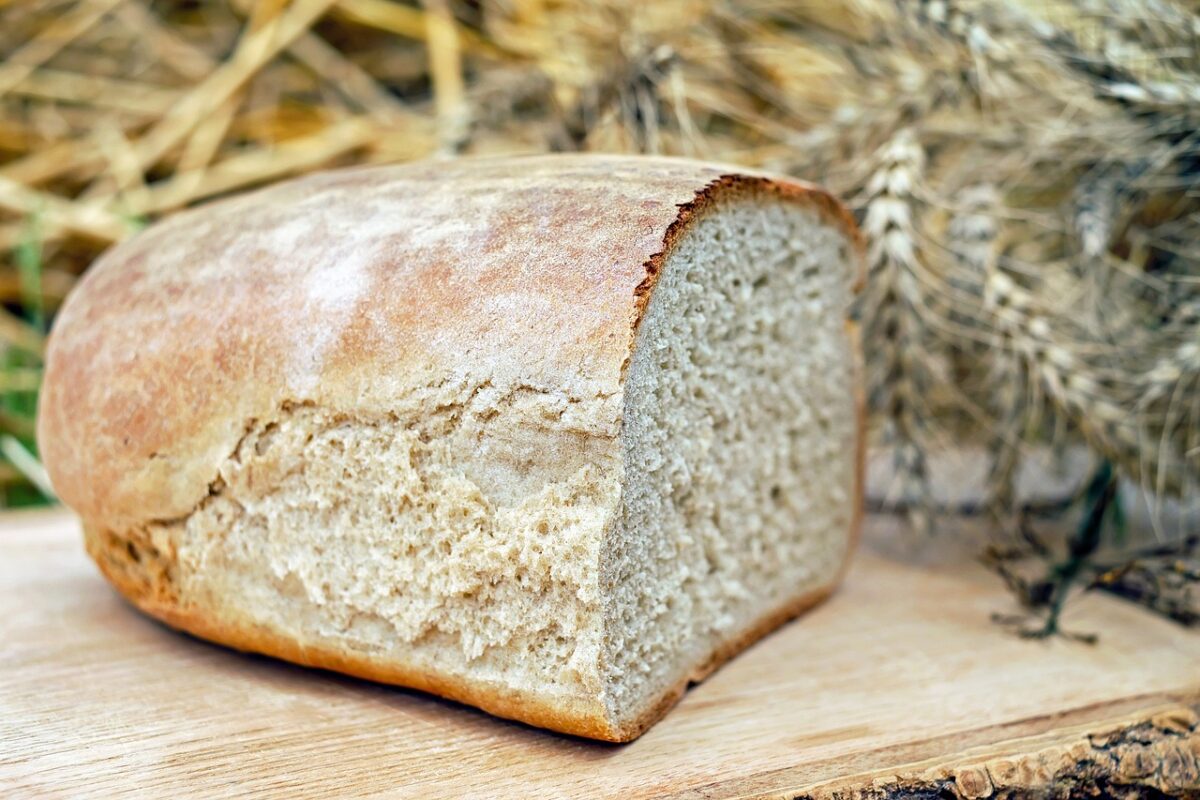Currently Empty: $0

Food Science & Technology Quiz (07/06/2021)
Q1. Which Of The Following Microorganism Is Responsible For ‘Chalky Bread’ Spoilage?
A. Staphylococcus Aureus
B. Streptococcus Faecalis
C. Endomycopsis Fibuligera
D. Rhizopus Stolonifer
Answer: Endomycopsis Fibuligera
- Yeast-Like Fungi Endomycosis Fibuligera And Trichosporon Variable Are Responsible For The Development Of White Chalk-Like Spots In Bread. Slicing Machines, Bread Coolers, Racks, And Conveyor Belts In The Bakery Are Common Sources Of Contamination. Endomycopsis Fibuligera Microorganism Is Responsible For ‘Chalky Bread’ Spoilage.
READ MORE – FOOD TECHNOLOGY (07/05/2021)
Q2. Which Amongst The Following Is Not The Fermented Food Product From Soybean?
A. Miso
B. Tempeh
C. Poi
D. Natto
Answer: Poi
- Miso Is A Fermented Paste That’s Made By Inoculating A Mixture Of Soybeans With A Mold Aspergillus Oryzae Commonly Known As Koji. Tempeh Is A Cake Of Cooked And Fermented Soybeans Held Together By The Mycelium Of Rhizopus Oligosporus. Natto Is Traditionally Made By Wrapping Boiled Soybeans In Rice Straw, Which Naturally Contains The Bacteria Bacillus Subtilis On Its Surface. Poi, Starchy Food Paste Made From The Taro Root, And In Some Cases Corn Is Used.
READ MORE – FOOD TECHNOLOGY (17/05/2021)
Q3. Which Microorganism Is Not Responsible For Fermentation Carried Out In Idli?
A. Leuconostoc Mesenteroids
B. Staphylococcus Aureus
C. Streptococcus Faecalis
D. Pediococcus Cerevisiae
Answer: Staphylococcus Aureus
- Idli Is Prepared By Steaming Fermented Batter Prepared From Soaked Rice And Black Gram Dal In The Ratio Of 2:1. Fermenting Microorganisms Such As Leuconostoc Mesenteroids, Streptococcus Faecalis, Pediococcus Cerevisiae Produces Lactic Acid (≥1.0%) And Carbon Dioxide That Makes The Batter Anaerobic And Leaven The Product.
READ MORE – FOOD TECHNOLOGY (27/04/2021)
Q4. Identify The Essential Amino Acid Amongst The Following?
A. Lysine
B. Glycine
C. Proline
D. Serine
Answer: Lysine
- The Essential Amino Acids Are Histidine, Isoleucine, Leucine, Lysine, Methionine, Phenylalanine, Threonine, Tryptophan, And Valine. Nonessential Amino Acids Include Alanine, Arginine, Asparagine, Aspartic Acid, Cysteine, Glutamic Acid, Glutamine, Glycine, Proline, Serine, And Tyrosine.
READ MORE – FOOD TECHNOLOGY (07/04/2021)
Q5. Isomaltotriose( Trisaccharide Sugar)?
A. Glucose + Fructose + Glucose
B. Glucose + Fructose + Fructose
C. Glucose + Fructose + Maltose
D. Glucose + Glucose + Glucose
Answer: Glucose+Glucose+Glucose
- Isomaltotriose Is A Glucotriose Consisting Of Two Alpha-D-Glucopyranose Residues And A D-Glucopyranose Residue Joined In Sequence By (1->6) Glycosidic Bonds. Flavobacterium Sp., Streptomyces Anulatus, Etc. Are The Microbial Sources For The Production Of Isomaltotriose Using Dextrans As A Substrate With Dextranase Enzymes.
READ MORE – FOOD TECHNOLOGY (06/06/2021)
Connect with us on LinkedIn for future updates – Click Here

 0
0

